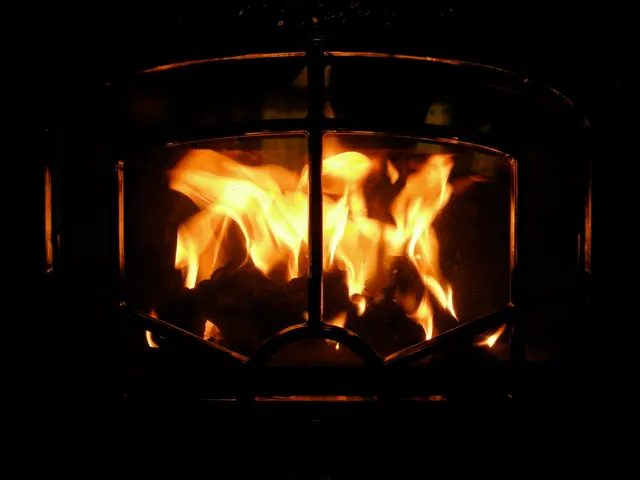Argentina's Energy Shift: Pursuing Hydrocarbons and Renewables
Argentina's energy landscape is shifting. Despite concerns, the government is pushing for non-conventional hydrocarbon production, while also promoting renewable energy. This comes as electricity bills have soared due to subsidy cuts.
Argentina, heavily reliant on fossil fuels (86% of its energy mix), has seen significant changes. Between 2015 and 2017, Buenos Aires residents faced a staggering 562% increase in electricity bills due to adjustments and subsidy elimination.
The government is expanding non-conventional oil and gas production, with a 30% and 22.2% growth in 2017 respectively. The Vaca Muerta shale reserves are a key focus, despite environmental and social concerns highlighted in a UN report. Local residents and indigenous Mapuche communities face adverse impacts.
Meanwhile, renewable energy is gaining traction. Argentina has significant solar and wind potential, and prices for solar PV and onshore wind projects have fallen by 73% and 22% respectively since 2010. The RenovAr Tender Round 2 in 2017 saw companies present projects totaling about 4,400 MW in renewable energy.
Argentina aims to generate 20% of its energy mix from renewables by 2025.
Argentina's energy future is complex. While the government pursues non-conventional hydrocarbon production, the potential for renewable energy is clear. With falling prices and significant potential, Argentina could achieve energy autonomy through solar, biogas, and wind.
Read also:
- Racing ahead in Renewable Energy Dominance: Changzhou, Jiangsu Pushes for Worldwide Renewable Energy Ascendancy
- Renault Group to Discuss Decarbonization and Circular Economy Strategies at ChangeNow 2023 Event
- Public remains oblivious to potential hazards at gas export facilities, due to confidentiality surrounding their operations
- Daimler Expands Electric Fleet with New eActros 400 and 600 Models








